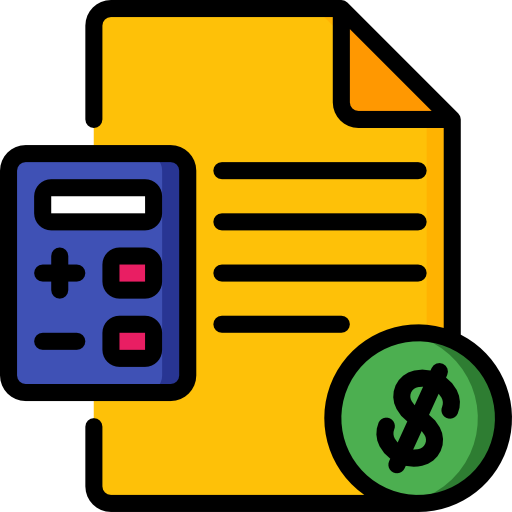Complete Expense Management System
Upload Receipts
Attach receipt images
Categorize
Smart expense categories
Track Deductions
Tax deduction tracking
Generate Reports
Detailed expense reports
Step 1: Creating Expense Records
Basic Expense Entry
- Navigate to Expenses: Click "Expenses" in the sidebar menu
- Click "New Expense": Start creating a new expense record
- Enter Expense Details: Date, amount, and description
- Select Vendor: Choose existing vendor or create new one
- Choose Category: Select appropriate expense category
- Upload Receipt: Attach receipt image or document
Pro Tip: Mobile Receipt Capture
Take photos of receipts immediately after purchases to ensure you never lose important expense documentation.
Step 2: Receipt Management & Upload
Supported Receipt Formats
Image Formats:
- • JPEG/JPG photos
- • PNG images
- • PDF documents
- • Multi-page receipts
Upload Methods:
- • Drag and drop files
- • Click to browse and select
- • Multiple file upload
- • Mobile photo capture
Receipt Best Practices
- • Ensure receipt is clearly readable
- • Include vendor name and date
- • Capture full receipt including totals
- • Upload immediately after expense
Step 3: Expense Categorization
Chart of Accounts Integration
Invoicely's expense categories automatically link to your chart of accounts for accurate financial reporting:
Operating Expenses
- • Office supplies
- • Marketing & advertising
- • Professional services
- • Travel expenses
Cost of Goods Sold
- • Raw materials
- • Direct labor
- • Manufacturing supplies
- • Shipping costs
Administrative
- • Insurance
- • Legal fees
- • Accounting services
- • Bank charges
Step 4: Vendor Management
Building Your Vendor Database
- Create vendor profiles with contact information
- Track payment terms and preferred payment methods
- Monitor vendor performance and spending
- Maintain vendor tax information (1099 tracking)
- Link vendors to expense categories
Vendor Information:
- • Business name and contact details
- • Tax ID number for reporting
- • Payment terms and methods
- • Primary expense categories
Vendor Analytics:
- • Total spending per vendor
- • Average transaction amounts
- • Spending trends over time
- • Category breakdown by vendor
Step 5: Tax Deduction Tracking
Maximizing Tax Deductions
Invoicely automatically tracks tax-deductible expenses based on your expense categories:
Fully Deductible Expenses
- • Business equipment purchases
- • Professional development and training
- • Business travel expenses
- • Office supplies and materials
Partially Deductible
- • Business meals (typically 50%)
- • Home office expenses (percentage)
- • Vehicle expenses (business use %)
- • Entertainment expenses (varies)
Tax Deduction Reports
Generate comprehensive tax deduction summaries by category, vendor, or date range for easy tax preparation.
Step 6: Expense Reporting & Analysis
Available Expense Reports
Standard Reports:
- • Expense summary by category
- • Vendor spending analysis
- • Monthly/quarterly expense trends
- • Tax deduction summary
Advanced Analytics:
- • Budget vs actual comparisons
- • Expense forecasting
- • Category performance analysis
- • Cost per unit analysis
Step 7: Export & Integration
Export Options
File Formats:
- • CSV for spreadsheet import
- • PDF reports for documentation
- • Excel workbooks with multiple sheets
- • JSON for API integration
Export Includes:
- • All expense transaction details
- • Attached receipt references
- • Category and vendor information
- • Tax deduction calculations
Accountant Integration
Export expense data in formats compatible with popular accounting software for seamless tax preparation.
Ready to Master Expense Management?
Start tracking expenses with receipt management and maximize your tax deductions with Invoicely.
Get Started Free